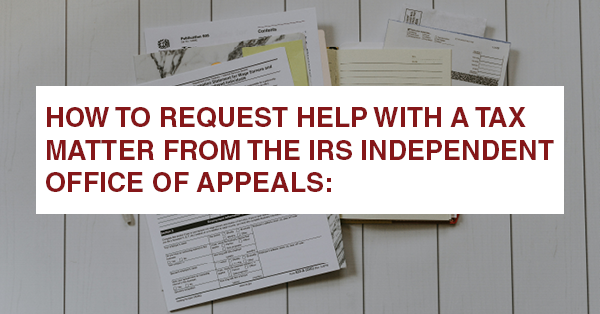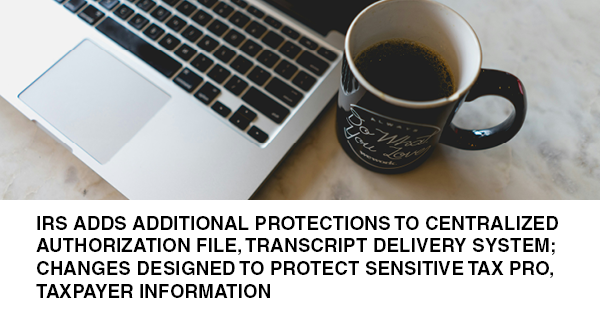IRS ESTABLISHES PAPERLESS GOALS:

The Treasury Department has announced that a new IRS paperless processing initiative will be available to taxpayers by the 2024 tax filing season. The following year, the IRS will more fully digitize its side of the tax paperwork equation.
The multiyear moves, according to the Treasury press release, will eliminate up to 200 million pieces of paper annually, cut processing times in half, and expedite refunds by several weeks. The IRS receives about 76 million paper tax returns and forms, and 125 million pieces of correspondence, notice responses, and non-tax forms each year, noted Treasury and IRS officials, who also posted the announcement as a fact sheet on IRS.gov.
The challenges created by paper are two-fold, according to Treasury and the IRS.
- First, taxpayers have been unable to digitally submit many forms and correspondence beyond their annual 1040 tax return.
- Second, the IRS has not been able to digitally process paper tax returns it receives.
- Plus, for decades, taxpayers had to respond to notices for things like document verification through the mail, and IRS employees had to manually enter numbers from paper returns into computers one digit at a time.
This duplicative process, say tax officials, creates significant delays for taxpayers and challenges for IRS staff.
Taxpayers in 2024 will be able to go paperless which includes, according to Treasury and the IRS —
- Taxpayers will be able to digitally submit all correspondence, non-tax forms, and responses to notices. That will mean that, per IRS estimates, more than 94 percent of individual taxpayers will no longer ever need to send mail to the IRS.
- Taxpayers also will be able to use non-tax forms to request or submit information on a range of topics. This will include identity theft notification, as well as proof that they are eligible for key credits and deductions designed for lower-income households.
These two digital changes will enable up to 125 million paper documents to be submitted digitally per year, according to the IRS.
- Taxpayers will be able to e-file 20 additional tax forms. Achieving this milestone will enable up to 4 million additional tax documents to be filed digitally every year. This includes amendments to Forms 940, 941, 941-SS and 941 (PR), which are some of the most common forms taxpayers file when amending returns.
- At least 20 of the most used non-tax forms will be available in digital, mobile friendly formats. This will make the forms accessible for the large number of taxpayers who rely on mobile devices. These forms will include a Request for Taxpayer Advocate Service Assistance, making it easier for taxpayers to get the help they need.
The Treasury and IRS announcement emphasize that the ability to interact more digitally next year when it comes to taxes is a choice made by each taxpayer. It's an option, not a requirement. Taxpayers who want to submit paper returns and correspondence can continue to do so.




